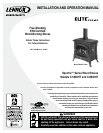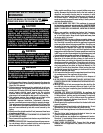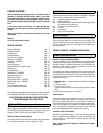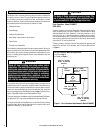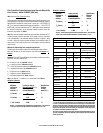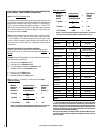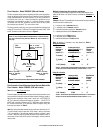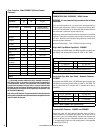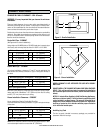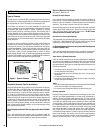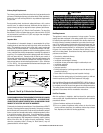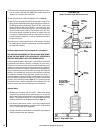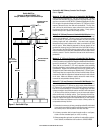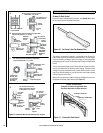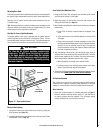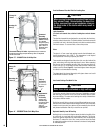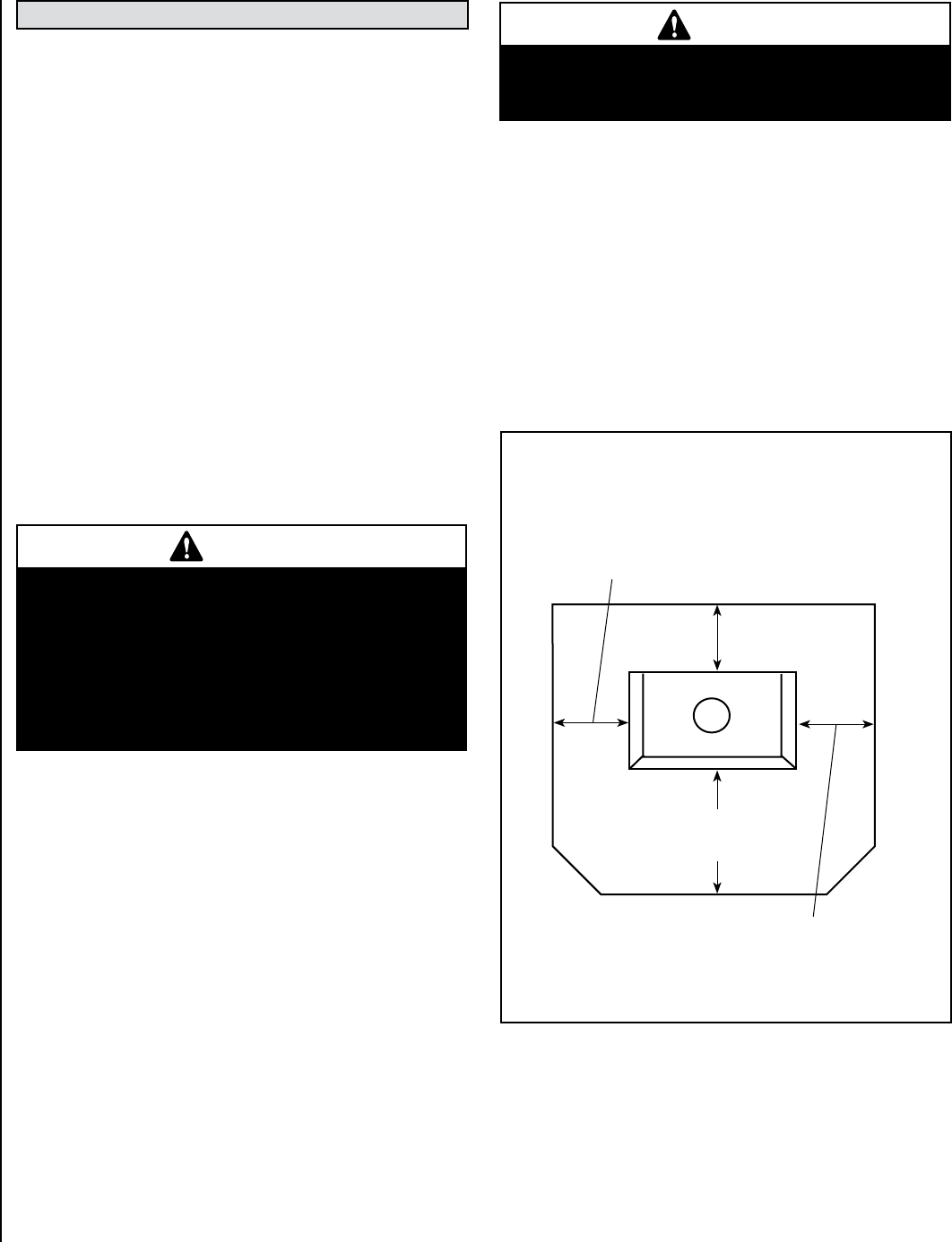
For Floor Protection Material Requirements:
In USA see Page 5
In Canada see Page 6
4
NOTE: DIAGRAMS & ILLUSTRATIONS ARE NOT TO SCALE
The design of your home and where you place your stove will determine
its value as a source of heat. This type of appliance depends primarily on
air circulation (convection) to disperse its heat, and therefore, a central
location is often best. There are other practical considerations, which must
be considered before a final selection of locations is made.
• Existing Chimneys
• Wood Storage
• Aesthetic Considerations
• Roof Design (rafter locations & roof pitch)
• Room Traffic
• Proximity to Combustibles
The installation of these appliances will require some research. Once your
options are determined, consult with your local building department who
will be able to give you the necessary installation requirements for your
area (Is a building permit required? Rooms where installation may not
be allowed, etc.).
WARNING
Check all local building and safety codes before
installation. The installation instructions and appro-
priate code requirements must be followed exactly
and without compromise. Alterations to the stove are
not allowed. Do not connect the stove to a chimney
system serving another stove, appliance, or any air
distribution duct. Failure to follow these instructions
will void the manufacturers warranty.
CAUTION
The body of these appliances are very heavy. The
use of a heavy duty escalara (stair step hand truck)
is recommended for lifting the appliance body.
If you plan to vent your stove into an existing masonry chimney, have it
inspected by a local fire marshal or qualified installer. Remember that a
stove’s performance is heavily influenced by the chimney and its location
on the roof. An oversized flue may not provide effective draw, and a flue
liner may be required (see Draft Requirements on Page 11). Consult your
dealer or qualified installer before final selection is made.
This stove requires pre-installation work to be completed before installation
can take place. This may include modification for flue and chimney.
The appliance should be inspected before use and the chimney cleaned
at least annually. More frequent cleaning may be required due to poor
operation, installation, or low quality fuel.
Floor Protection - Model CI1000HT
(USA ONLY)
The floor protector must meet or exceed the minimum thermal require-
ments as defined here (see Floor Protection / Hearth Extension Using
Alternate Material As Floor Protector). If the floor protection is to be
stone, tile, brick, etc., it must be mortared or grouted to form a continu-
ous noncombustible surface. If a chimney connector extends horizontally
over the floor, protection must also cover the floor under the connector
and at least 2” (51 mm) to either side.
The floor protector must fully cover the area beneath the appliance and
extend 18” to the front, 5.2” to the sides, and 0” from the back as shown
in Figure 1.
USA - 0 “ (0 mm)
Canada - 8” (203 mm)
Minimum
USA - 5.2” (132 mm)
Canada - 8” (203 mm)
Minimum
Top View
Figure 1 - Floor Protection Requirements, Model CI1000HT
USA - 5.2” (132 mm)
Canada - 8” (203 mm)
Minimum
USA - 5.2” (132 mm)
Canada - 18” (457 mm)
Minimum
Floor
Protector
Stove Back
Stove Front
SELECTING A LOCATION



